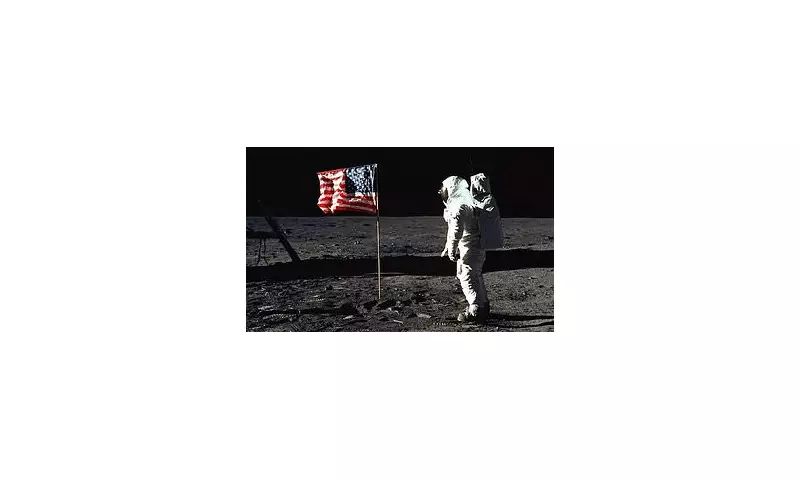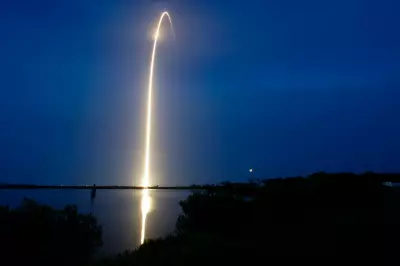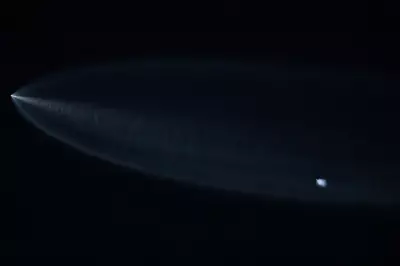
Reality television star Kim Kardashian has unexpectedly found herself at the centre of an astronomical controversy, after conspiracy theorists bizarrely claimed one of her social media posts contained evidence that the 1969 moon landing was faked.
The Viral Claim That Captivated Social Media
The extraordinary theory began circulating on various online platforms, suggesting that a photograph shared by the SKIMS founder somehow revealed inconsistencies in NASA's historic lunar mission. Conspiracy enthusiasts pointed to what they claimed were suspicious elements in the background of Kardashian's image as "proof" of their outlandish allegations.
Scientific Experts Step In
Astronomers and space historians have since thoroughly debunked the claims, explaining the actual scientific principles at play. "This conspiracy theory demonstrates a fundamental misunderstanding of basic photography and lighting principles," stated Dr Eleanor Vance, an astrophysicist at Imperial College London.
Experts highlighted several key facts that dismantle the conspiracy:
- The lighting conditions in Kardashian's photo follow standard photographic principles
- Lunar mission evidence has been verified by multiple independent sources worldwide
- Modern technology allows for clear analysis of historical space missions
Why Do These Theories Persist?
Despite overwhelming scientific evidence supporting the authenticity of the Apollo missions, moon landing conspiracy theories continue to resurface in various forms. Social media platforms have become fertile ground for such claims, where they can rapidly gain traction among millions of users.
"The Kardashian incident demonstrates how easily misinformation can spread when combined with celebrity culture," noted digital media analyst Professor Michael Chen. "People are more likely to engage with content that connects familiar personalities with sensational claims."
The Real Science Behind the Photo
Photography experts have clarified that the effects conspiracy theorists pointed to are easily explained by standard camera technology and lighting conditions. The angle of light, shadow formation, and image resolution all correspond with what would be expected from conventional photography rather than any form of manipulation or evidence of historical fraud.
NASA's extensive documentation of the Apollo missions, including moon rocks brought back to Earth and reflector arrays still used for laser ranging experiments, provides concrete, verifiable evidence of human lunar exploration.
As the scientific community continues to push back against misinformation, this incident serves as a reminder of the importance of critical thinking and fact-checking in the digital age.





